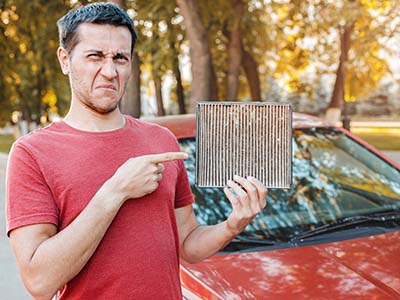Spray Booth Ventilation Systems: Types and Considerations
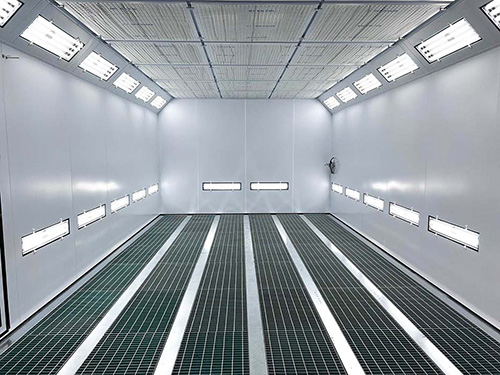

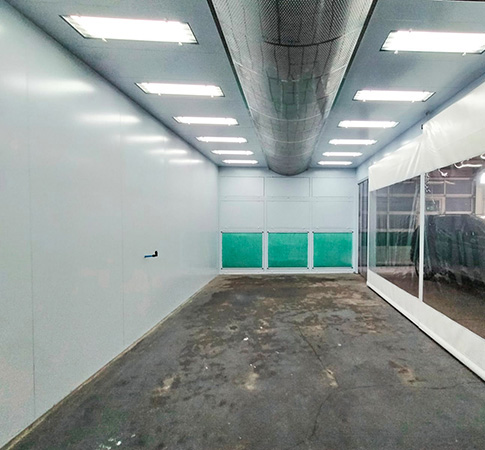

Efficient ventilation is a critical component of a well-designed spray booth. It ensures the removal of hazardous fumes, overspray, and volatile substances, creating a safe and healthy environment for operators and employees. In this blog post, we will delve into the different types of spray booth ventilation systems and important considerations when selecting the most suitable option for your specific needs.
1. Downdraft Systems


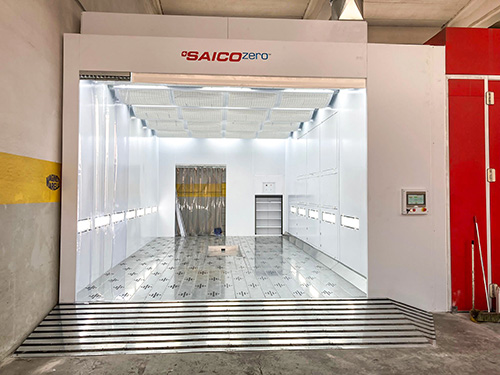

Downdraft Ventilation is one of the most common and effective systems used in spray booths. It involves drawing air from the top of the booth and directing it downward towards the floor, capturing overspray and contaminants as they settle.
The air is then filtered and exhausted through a floor-level plenum or trench. Downdraft systems provide excellent airflow control, ensuring efficient capture and containment of airborne particles.
Considerations:
- Size and type of the plenum and the number and placement of exhaust filters affect the system’s performance.
- Regular maintenance and cleaning of the floor and filters are essential to maintain optimal airflow and prevent clogging.
2. Crossdraft Ventilation Systems
Crossdraft ventilation systems introduce fresh air from one side of the spray booth and exhaust it from the opposite side.
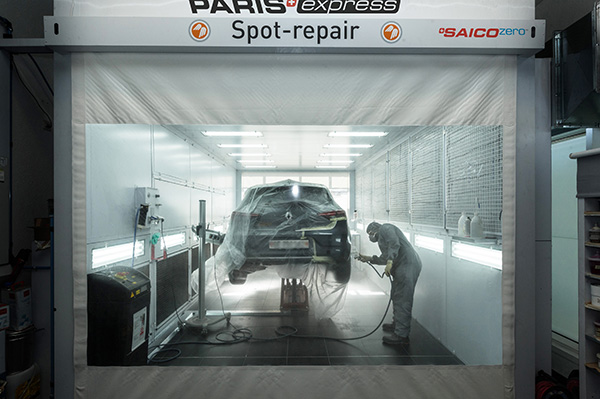

This creates a horizontal airflow pattern that carries overspray and fumes across the booth, away from the operator.
Crossdraft systems are typically more affordable to install compared to downdraft systems.
Considerations:
- Proper airflow distribution across the booth is crucial to prevent overspray from migrating to untreated areas.
- Regular inspection and maintenance of intake and exhaust filters are necessary to ensure effective filtration and airflow.
3. Semi-Downdraft Ventilation Systems
Semi-downdraft ventilation systems combine elements of both downdraft and crossdraft systems. Fresh air is introduced from the ceiling plenum, while the exhaust occurs through a floor-level suction wall.
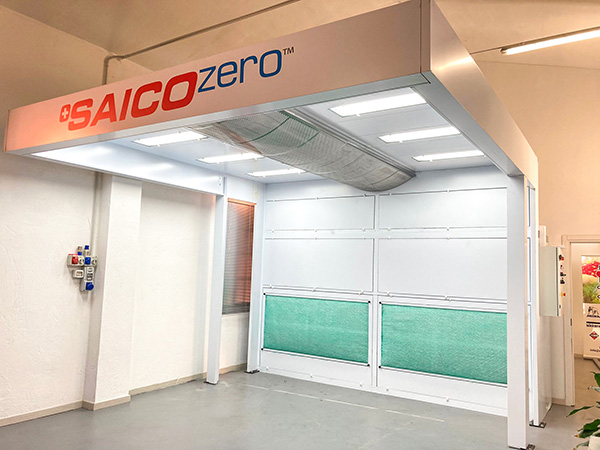

This setup offers a compromise between the efficiency of downdraft systems and the affordability of crossdraft systems.
Considerations:
- The placement and size of intake and exhaust plenums must be carefully designed to achieve optimal airflow control.
- Proper filter maintenance is crucial for effective filtration and performance.
Conclusions
Selecting the appropriate spray booth ventilation system is crucial for maintaining a safe and efficient working environment. Understanding the different types of ventilation systems and considering factors such as airflow control, maintenance requirements, compliance with regulations, and specific industry needs will help you make an informed decision. By investing in the right ventilation system, you can ensure effective capture and removal of contaminants, enhance productivity, and ultimately contribute to the success of your business.
Please note that the suitability of a specific airflow system may vary based on individual circumstances, and it is recommended to consult with experienced spray booth professionals to determine the most appropriate choice for your unique requirements.
Always two steps ahead in technology.
The #Saicozero team

